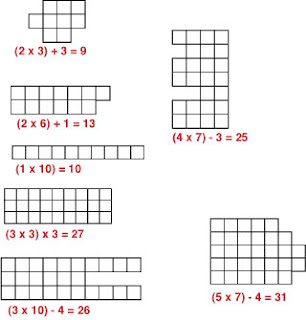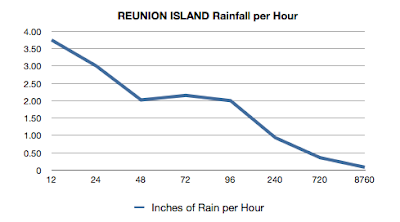Today we will continue this series on Natural Gas by taking a look at Metered Service.
Most of us are familiar with the Meter Reader, a person who walks along in the neighborhood, avoiding angry dogs while using a notepad, scanner, or other tool to record the gas and electric meter readings. This usually happens once every month or two. A few days later, we receive a bill in the mail for our energy usage.
Here's a graphical look at the once-a-month data collection points: [click any chart to enlarge it]
The month of March is shown by the green line (
St. Patrick's Day). In this case, I show the meter reading at 8 am on the 1st of the month, but it could be any time of the day when the reader comes. Our guy usually shows up on the 17th each month in the afternoon. It doesn't really matter if they measure once in 30 days or 31 or 32 days as long as the bill is accurate.
This meter-reading-person tradition is ending in many locations, as the utility companies switch to remotely-read digital meters. I got new meters last fall, on both the electric and gas service.
With the new electronic meters, the utility company has the option of billing us with different charges for our consumption at different times of day. This way they can charge more in the daytime, when usage is highest, and less at night when there is a surplus of gas (or electricity).
I'm going to make an assumption that the peak times are from 8am-5pm, the off-peak is from 5pm-6am, and the semi-peak is from 6am-8am when we all get up and get ready for work. Weekends and holidays are billed at the off-peak rate.
Can you see the math implications for the local utility companies? They have to collect lots of data each month, multiply it by the proper rate for the time of day, the part of the city you live in, the season of the year, the baseline or non-baseline rate (which is measured by
usage per month!) and so on. How much more work is this billing effort? What are the chances for error?
Here's what I estimate. They used to have:
- 1 billing period per month, or 12 billing periods in a year
- multiplied by baseline and/or non-baseline rates
- 12 x 2 = 24 calculations per customer x 4 million customers = 96 million calculations
they now have about:
- 77 periods in a month, 924 in a year (+/- depending on holidays)
- multiplied by peak, semi-peak, and off-peak and baseline and/or non-baseline rates
- 924 x 3 x 2 = 5,544 calculations per customer x 4 million customers = 22.2 billion calculations
Here's how I prepared my estimate:
One additional complication - they don't want any minutes unaccounted-for, and we don't want to be double-billed for any minutes, so they have to decide if the period ends at 07:59:59 and the next one starts at 08:00:00.
More questions:
- What about lag times when an account is started or turned off?
- What if the clocks or the electricity go off?
- What happens if the meter transmission doesn't reach headquarters?
- What do they do with the bonus (minus) hour on Daylight Savings Time?
- On which day of the month do they do the cut-off from one bill to the next?
- Do all customers get billed on the same day, or not?
- If not, on what schedule do customers get billed?
- The old one based on meter readers?
All simple elementary school math. No rocket science here. But lots of decisions.
The big questions are - IF we put in these expensive meters, and IF we lay off the meter readers, and IF the customers reduce their usage enough so that we don't have to add capacity or buy more natural gas next year, THEN will we actually reduce our revenue to the point where we will not be able to pay for the changeover?
If so, can we then raise the rates to make up for those costs DESPITE the fact that customer use of our product is declining? Or are we better off doing nothing?
In California, forecasts predict our overall consumption of natural gas WILL NOT change in the next 20 years, even if prices go up or down, and population goes up or down.

















































